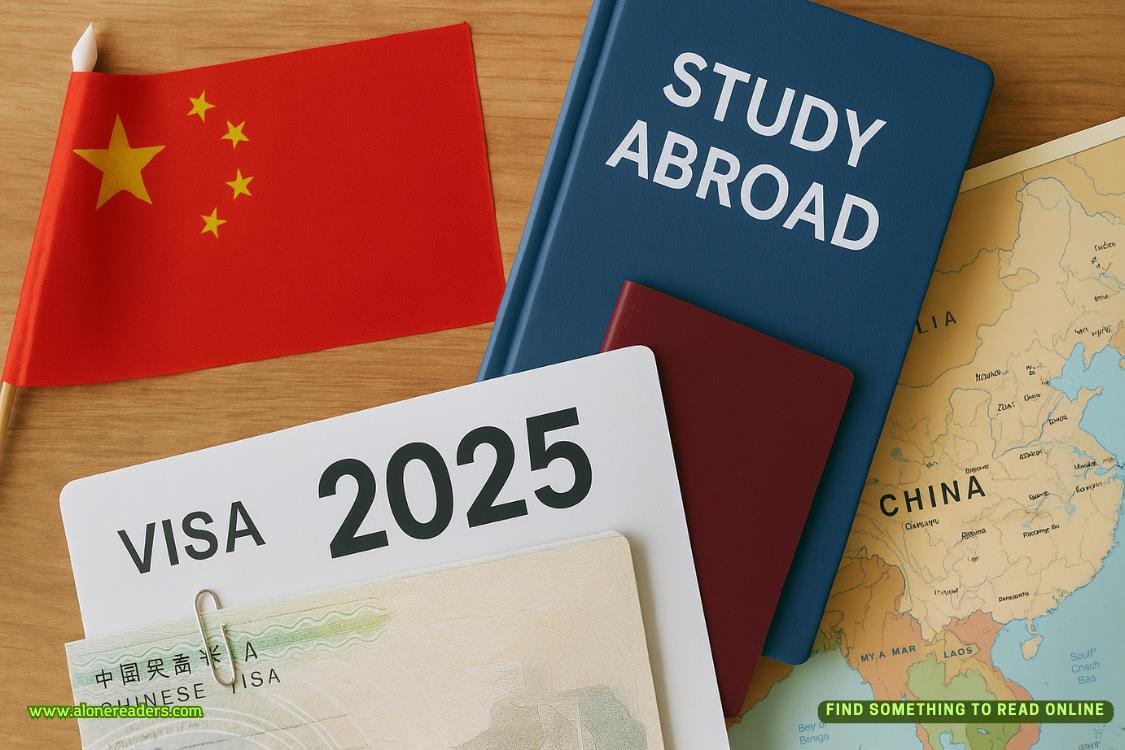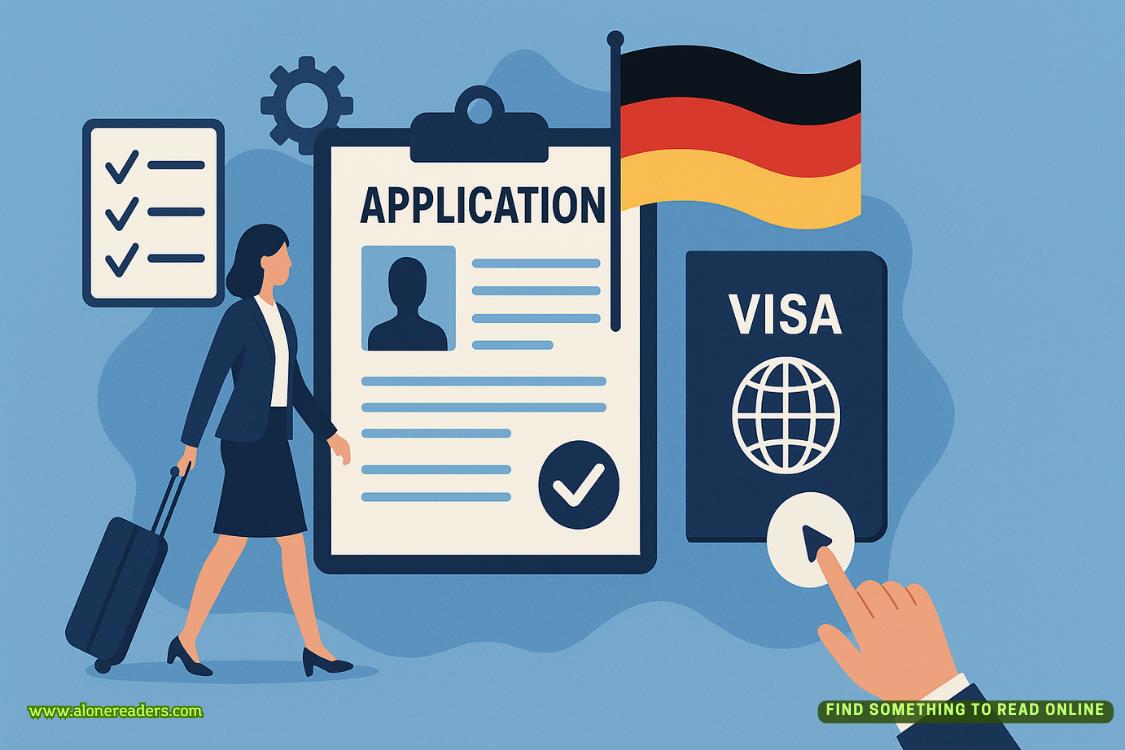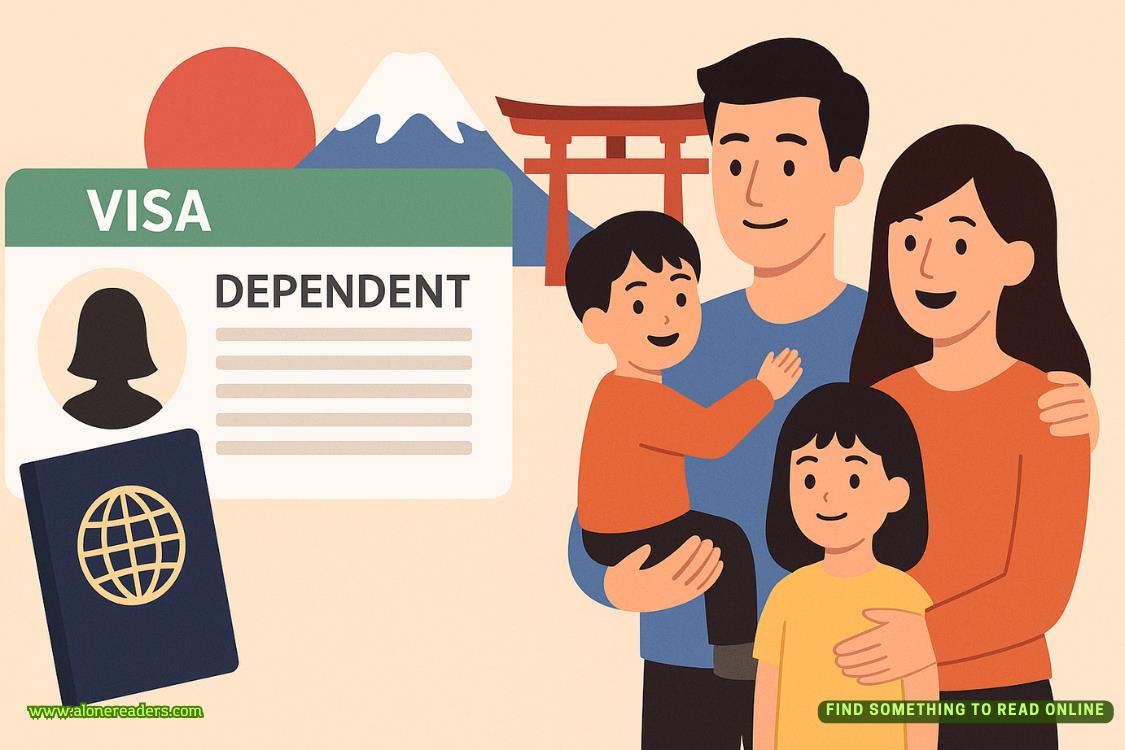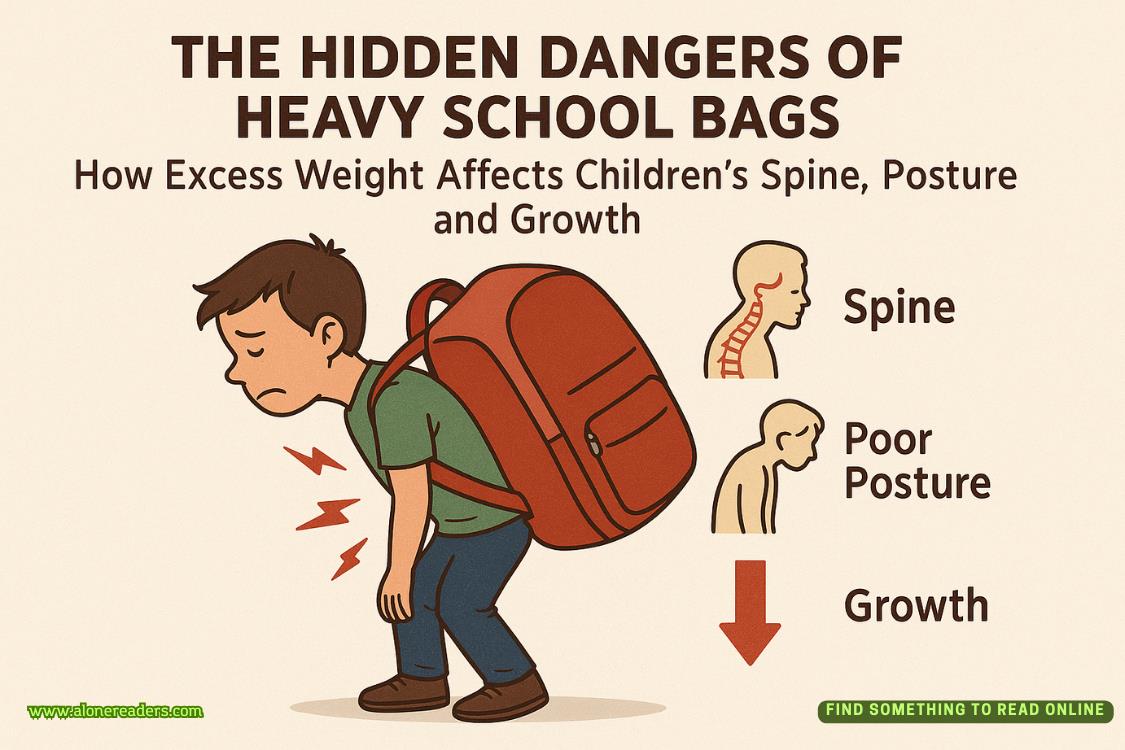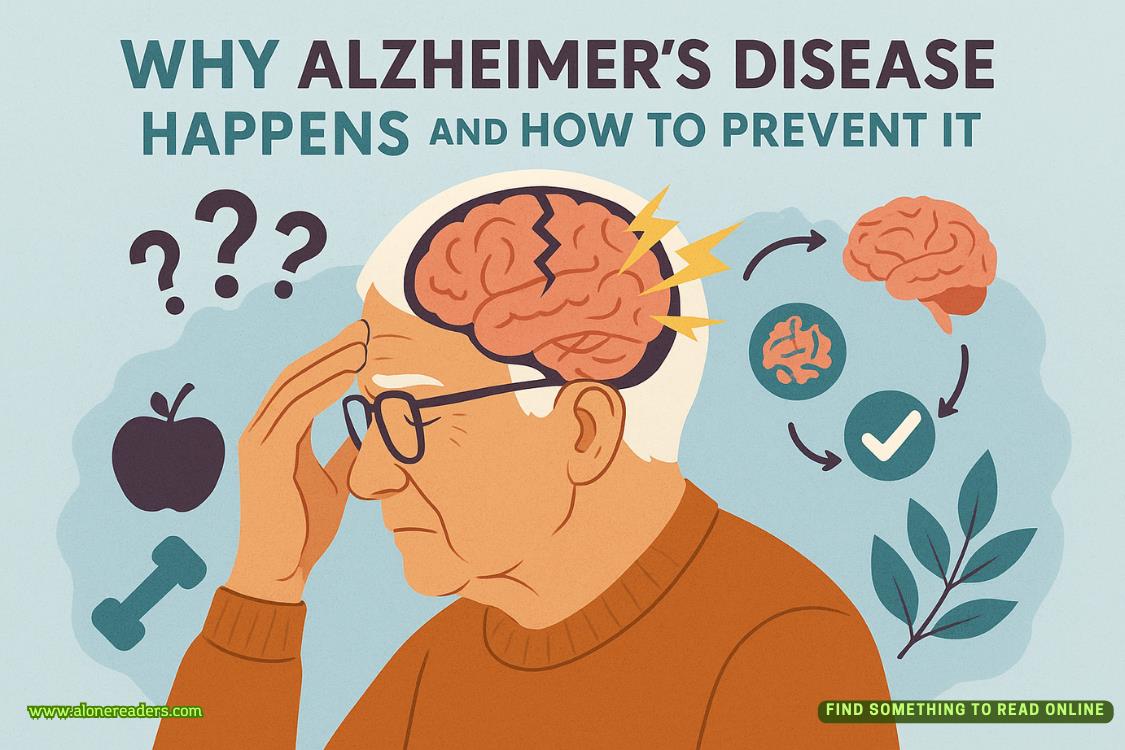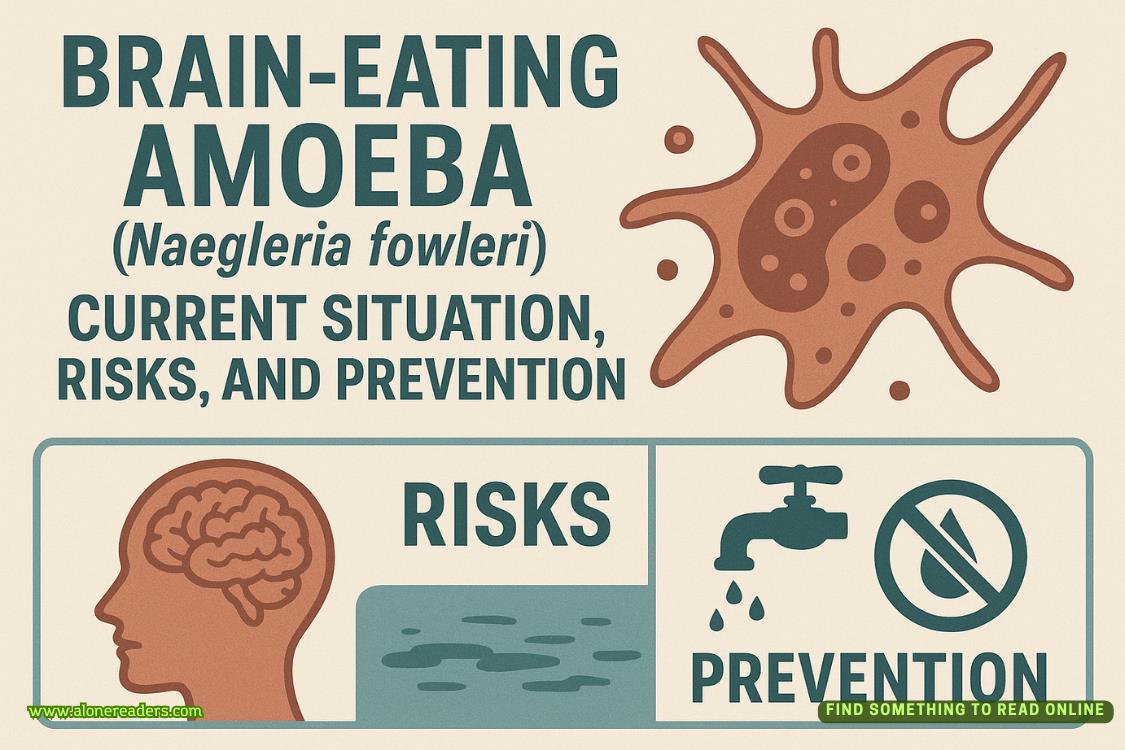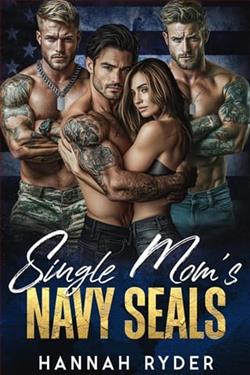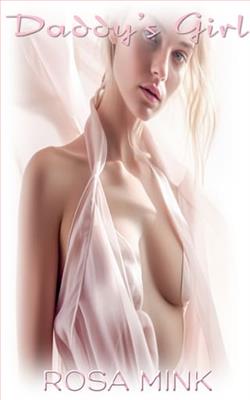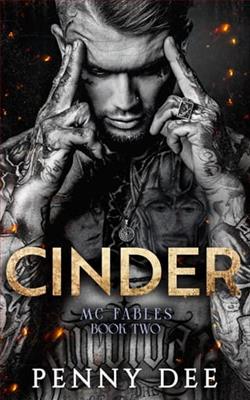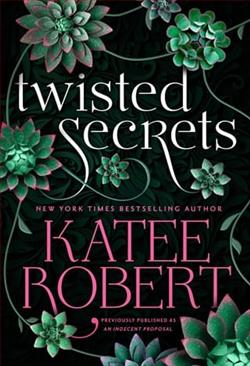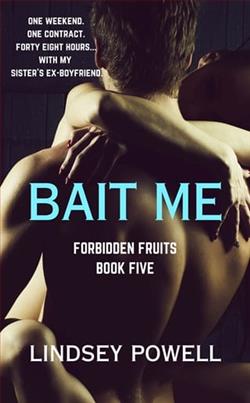Page 126 of The Secret House of Honey and Hope
It’s as if someone has flicked a switch and changed the mood. We are all seized with a new energy, wanting answers. Hal squats on the floor beside the bed to look through the notebook. “My guess would be some Slavonic language.”
“There are fifty languages that use Cyrillic alphabet.” Pierre is reading from her phone. “Bulgarian, Ukrainian, Kazakh, Moravian.”
“Yes, yes,” Gabriel says. “But what would they be doing here?”
Hal turns a page; Gabriel and I look over his shoulder. There is a title with words and numbers:
??????? ???????? ?????? —— 29.1.1920 ?.?. —— ?????????
Followed by a short paragraph.
Hal flips another page; it’s almost identical:
??????? ??????? ??????? ———11.8.1919 ?.?.-——???????
But this time the paragraph is much longer, and an envelope has been fixed to the page. Inside, there is a letter.
Hal flips again and again. Every page has a similar layout. Fourteen in total.
While they look through it, I reach for the last item on the bed. A crucifix, but not the usual kind. Thishas three horizontal bars, with the lowest one slanted downwards. “Isn’t this the Russian Orthodox Cross?” I ask.
Only Gabriel looks up at me. “Someone must have found this and thought it worth hiding here for safe keeping.”
Hal glances up for the tiniest moment and then back to the pages. “I wish we knew what it says here.”
Pierre huffs impatiently. “There is actually an app which can translate text from a picture.” She shows us her phone. “I tried it already, but it can’t understand this.”
We try it again, taking a picture of the first line and tap the button ‘IDENTIFY LANGUAGE’. the app buffers for a minute then comes back with:
Language unknown.
“I wonder if it just can’t read handwriting,” Hal says. “Let’s try to key in the letters. See if your phone has a Cyrillic keyboard.”
“Hal, you are genius.” She whoops, scrolling through her settings. “Which language shall I try?”
Somewhere deep at the back of my head a memory is jumping up and down to attract my attention. I touch Pierre’s arm. “Try Russian.”
It takes a lot of trial and error to make out the correct letters from the handwriting, and that’s when we notice that not all the writing was done by the same person. In fact, each page is by a different hand. Some are clearer, especially the title line at the tops of the pages. After a few attempts, we finally get a couple of lines that make sense:
Nikolay Stasevich Tiptov ——- born 29.1.1920 ——- Halyasavey.
And another:
Vasily Ogievich Strogov ——- born 11.8.1919 -——Vitebsk.
There are 14 pages in total, and we all think that the lines at the tops of each are also names, dates of birth, and locations. Both Hal and Gabriel argue about why someone would write this information.
“Why hide it here?” Hal asks.
“Think about the German blanket, could it be that a German soldier confiscated the book from someone, perhaps from a battle somewhere on the continent, then he hid it here?”
“But why?”
My own heart flutters because there is something only I know. Sitting on the edge of the bed, I look through the notebook again. The rest of the writing on each page is a lot of words but also includes more dates. It all fits. Or at least, please God, let it fit what I think it is. No one else heard Grandad talk about the war. About the Russian prisoners.
It all preyed on my mind since the shop opening day, and I’d spent a lot of time looking things up.
When the Chanel Islands were occupied during WWII, there was very little resistance, the islands were isolated. What resistance they managed was in one of three ways: rationing violations by growing or distributing food in secret; owning an illegal radio or wireless-set to listen to the BBC; or hiding and assisting escaped prisoners.
